Fiber Optic Tech
What Does SR/LRM/LR/ER/ZR Mean for Transceiver Modules
When you look at an SFP transceiver module, there will be many abbreviations which might be confusing for you. These abbreviations actually tell the characteristics of the optical modules. SR, LRM, LR, ER and ZR are terms that are commonly seen on 10G SFP+ modules, and they stand for the transmission distance of the modules. Let us have a look into their meanings in this article.
SR stands for ‘Short Range’. These optical transceivers support links up to 300 meters on multimode fiber and operate in 850nm wavelength. 10GBase-SR optical module is the original multimode optics specification and is still the most commonly used ones by far. Adopting single low-cost solid-state laser assembly, it is also the cheapest 10G optical module available.
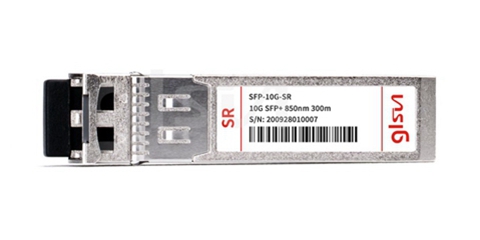
LRM stands for ‘Long Reach Multimode’. These optical transceivers support links up to 220 meters on multimode fiber and operate in 1310nm wavelength. It is the replacement of 10GBase-LX4.
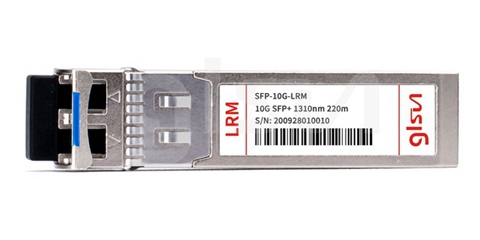
LR stands for ‘Long Reach’. These optical transceivers support links up to 10km on single mode fiber patch cables and operate in 1310nm wavelength. There is no minimum distance for LR, so it is also applicable for short connections on single mode fiber.
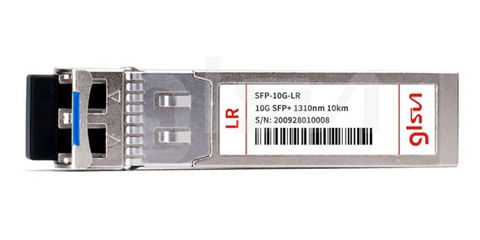
ER stands for ‘Extended Reach’. These optical transceivers can support links up to 40 km on single mode fiber and operate in 1550nm wavelength. Its transmission can reach 40km over engineer links, and 30km over standard links. Due to laser power, attenuation is required for links less than 20km.
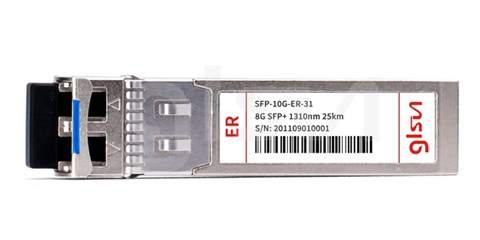
10GBase-ZR
ZR also stands for : ‘Extended Reach’. It can support links up to 80km on single mode fiber patch cables and operate in 1550nm wavelength. Due to its very high laser power, significant attenuation is required for shorter links. To ensure a trouble-free deployment, the use of ZR should be preceded by optical power test of the fiber span in question. Most suppliers provide options for ZR, although it is actually not an official format and is technically not part of the IEEE 802.3ae standards for networking hardware.
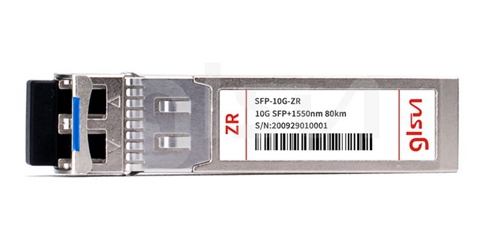
Summary
From above information, we can see that the difference between these SFP+ types lies in their respective working wavelength, transmission distance and compliant standard. The choice of SFP+ depends on your actual needs. As a professional and reliable manufacturer of optical modules, GLSUN provides a full line of optical modules with data rate at 1G/1.25g, 10G, 25G, 40G and 100G.



















